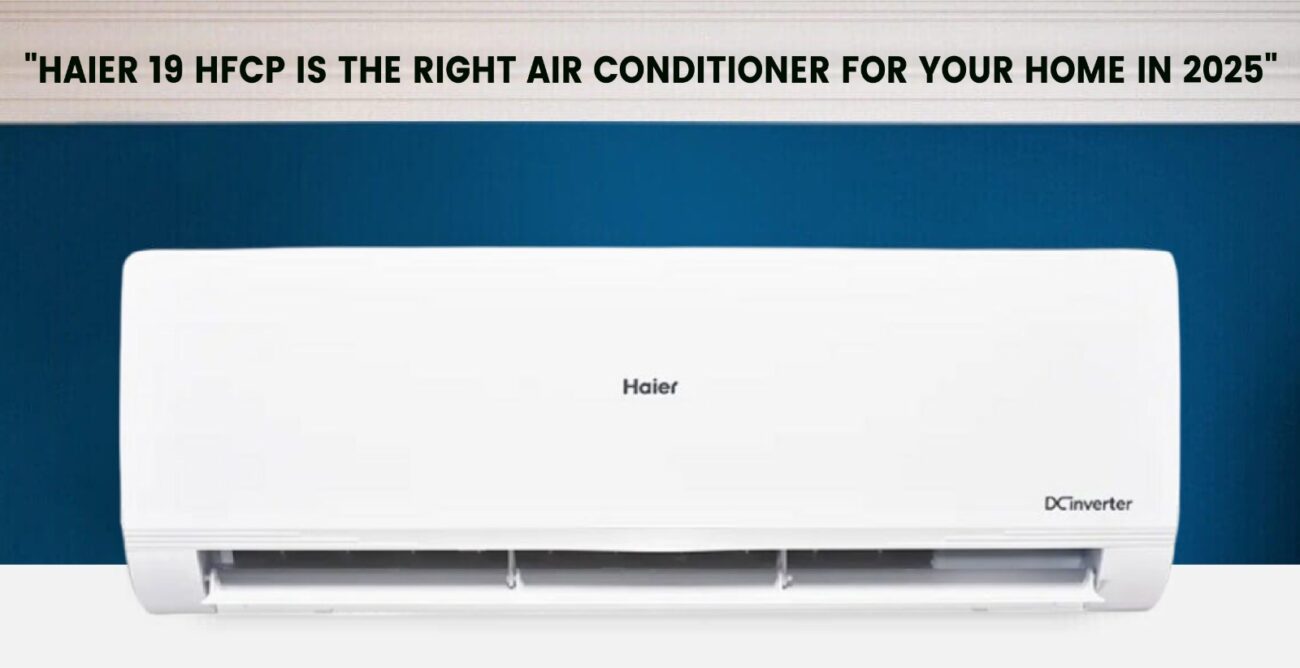When the summer heat becomes unbearable, reliable air conditioning can make all the difference. Various types of air conditioners are available. Choosing the right air conditioning system can be confusing, especially with the multiple options available. Two common types you might come across are inverter ACs and split ACs. Understanding the differences between these can help you make an informed decision. Let’s break down what sets them apart.
Understanding Split AC
A split AC is a type of air conditioning system that consists of two main units: an indoor unit and an outdoor unit. The indoor unit contains the evaporator and the cooling fan, while the outdoor unit houses the compressor, condenser, and expansion valve. These units are connected by pipes that carry refrigerant, allowing the system to cool your room effectively.
How Does Split AC Work?
In a Separate Unit AC, the compressor in the outdoor unit compresses the refrigerant, turning it into a high-pressure, high-temperature gas. This gas then travels through the condenser coils, where it cools down and turns into a liquid. The liquid refrigerant is then passed through an expansion valve, reducing its pressure and temperature before entering the evaporator coils in the indoor unit. Here, it absorbs heat from the indoor air, cooling the room in the process. The cycle repeats to maintain the desired temperature.

Understanding Inverter AC
A smart AC Unit is a type of air conditioner that uses an inverter to control the speed of the compressor motor. Unlike traditional air conditioners that operate on a simple on/off mechanism, inverter technology AC adjusts the compressor speed based on the desired room temperature. This means they can maintain a consistent indoor temperature without the frequent starts and stops that characterize non-inverter models.
The key component of a DC inverter AC is its variable speed compressor (like Haier’s Haier 1.5 Ton Inverter AC HSU-18HFCF), which allows for precise temperature control and greater energy efficiency. This variable speed operation enables the inverter AC to constantly adjust its cooling output to match the room’s needs, resulting in a more comfortable and energy-saving experience.
How Does Inverter AC Work?
The key component of DC inverter AC is its variable speed compressor. In traditional air conditioners, the compressor either runs at full speed or is turned off. This constant switching leads to energy waste and can create temperature fluctuations. In contrast, an inverter AC modulates the compressor’s speed. When the room needs more cooling, the compressor runs faster. Once the desired temperature is reached, it slows down but doesn’t turn off completely. This continuous operation at varying speeds results in more precise temperature control and greater energy efficiency.

Key Differences between Inverter and Split AC
|
Feature |
Inverter AC | Split AC |
| Technology | It uses a variable speed compressor to modulate cooling capacity | Refers to the physical configuration with indoor and outdoor units |
| Energy Efficiency | Higher energy efficiency due to adjustable compressor speed | Non-inverter models are less efficient due to fixed-speed compressor |
| Temperature Control | Provides precise temperature control with minimal fluctuations | Non-inverter models may cause temperature swings |
| Initial Cost | Higher upfront cost due to advanced technology | Lower initial cost, more affordable to purchase |
| Operation and Noise | Quieter operation with gradual speed adjustments | Non-inverter models can be noisier due to frequent on/off cycles |
| Lifespan and Maintenance | Longer lifespan with fewer maintenance issues due to reduced compressor strain | Potentially shorter lifespan and more maintenance due to on/off cycling |
| Energy Savings | Greater long-term energy savings | Higher energy consumption in non-inverter models |
| Comfort | Consistent and precise indoor climate | Non-inverter models may have less consistent temperature control |
| Best For | Energy-conscious users, areas needing consistent comfort, quieter operation |
Budget-conscious users, initial cost savings |
Which One Should You Choose?
The decision between an inverter technology and a non-inverter split depends on your specific needs and circumstances:

Energy Savings: If reducing electricity bills and energy consumption is a priority, an inverter technology is the better choice. The long-term savings on energy costs can justify the higher initial investment. Haier offers a wide range of energy-efficient inverter ACs, like the Haier DC Inverter AC 1.5 Ton-18HFPAA or the Haier HSU-18HFTCA/WSDC(S)-T3 Thunder Inverter
Comfort: For consistent and precise temperature control, the Adjustable Speed Compressor unit is superior. It maintains a steady indoor climate, enhancing overall comfort.
Budget: If the upfront cost is a major concern, a non-inverter split AC might be more suitable. It’s less expensive initially, although it may cost more in the long run due to higher energy consumption.
Noise Levels: For quieter operation, especially in bedrooms or living spaces, an inverter Air Conditioner is preferable. The reduced noise levels can significantly improve comfort.
Most people want to convert their split unit into Inverter technology. Is it possible or beneficial?
Converting a traditional split Air conditioning into an energy-efficient AC is a challenging and impractical task. Here are the main reasons why such a conversion is not feasible:
- Technical Differences
- Compressor Technology:
- Electronic Control Systems:
- Components:
- Practical Considerations
Complexity:
The conversion involves replacing nearly all major components, including the compressor, control board, sensors, and potentially even the refrigerant lines. This level of modification is highly complex and not typically supported by manufacturers.
Cost:
The cost of parts and labour for such a conversion would likely exceed the price of purchasing a new DC inverter AC unit. It involves not just buying new components but also paying for specialized labour to install and configure them.
Warranty and Reliability:
Modifying an existing AC unit would void any existing warranties and could result in an unreliable system. Manufacturers design their units to work as a cohesive system, and piecemeal modifications can lead to performance issues and frequent breakdowns.
Energy Efficiency:
Even if a conversion were possible, the resulting unit may not achieve the same level of energy efficiency as a factory-designed DC inverter AC. The integration and optimization that go into the design of a new unit are difficult to replicate in a retrofit.
The idea of converting a traditional split cooling unit to a DC inverter might seem appealing, but it is not a practical or feasible solution. The technical, financial, and reliability challenges far outweigh the benefits. Investing in a new DC inverter AC is a wiser choice, ensuring you get a system designed for optimal performance and energy savings from the start.

Which is the best place for buying air conditioners in Pakistan?
There are various electronic stores are present in the market that are the sellers of air conditioners. But no one can offer plans that are convenient to their customers like Lahore Centre. We facilitate our client’s in-store buying as well as online. Customers can also buy in easy instalments. Our team not only delivered the product but also installed the unit in their houses.
Visit Lahore Centre today to explore their extensive range of DC inverter ACs and take the first step towards a cooler, more energy-efficient home!







